As the housing market continues to shift post-pandemic, certain U.S. cities are quietly tilting in favor of buyers instead of sellers. That means more listings, slower price growth, and increased room for negotiation—especially in metro areas where prices rose dramatically in recent years. While it’s still not a full-on buyer’s market everywhere, these 12 cities are offering more opportunities for those ready to make a move. Whether you’re looking for a family-friendly suburb or an affordable urban condo, these spots are worth watching.
1. Austin, Texas

Austin was one of the fastest-growing markets during the pandemic housing boom, but it’s now experiencing a noticeable cooldown. According to KVUE, home prices in the area have declined from their peak, and listings are staying on the market longer. Inventory has grown significantly, giving buyers more options—and more power to negotiate. It’s a big shift from the bidding wars that dominated just two years ago.
The tech slowdown in the area has also affected real estate demand. With fewer newcomers arriving and more homes hitting the market, price pressure has eased. While Austin is still a desirable place to live, the urgency to buy quickly has definitely faded. If you’ve had your eye on the city, now might be the time to look again—with less competition.
2. Boise, Idaho
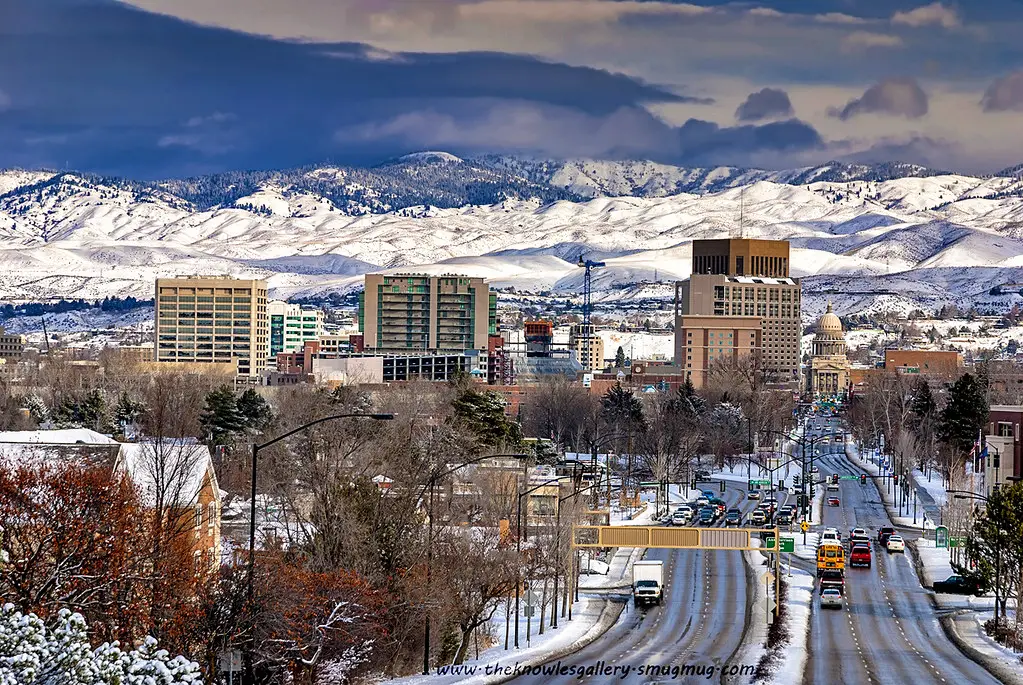
Boise was once the poster child of pandemic-era migration, with prices soaring as buyers fled expensive West Coast cities. But now, that red-hot momentum has reversed. As noted by Veros, Boise has seen one of the sharpest drops in home values compared to its pandemic peak. The city is stabilizing, and buyers are gaining the upper hand.
With rising inventory and reduced investor interest, bidding wars are far less common than they once were. Local agents report that sellers are increasingly open to price cuts and concessions. If you’re looking for a small city with outdoor appeal and more affordable options, Boise is worth a second glance. It’s no longer the frenzied seller’s market it used to be.
3. Phoenix, Arizona
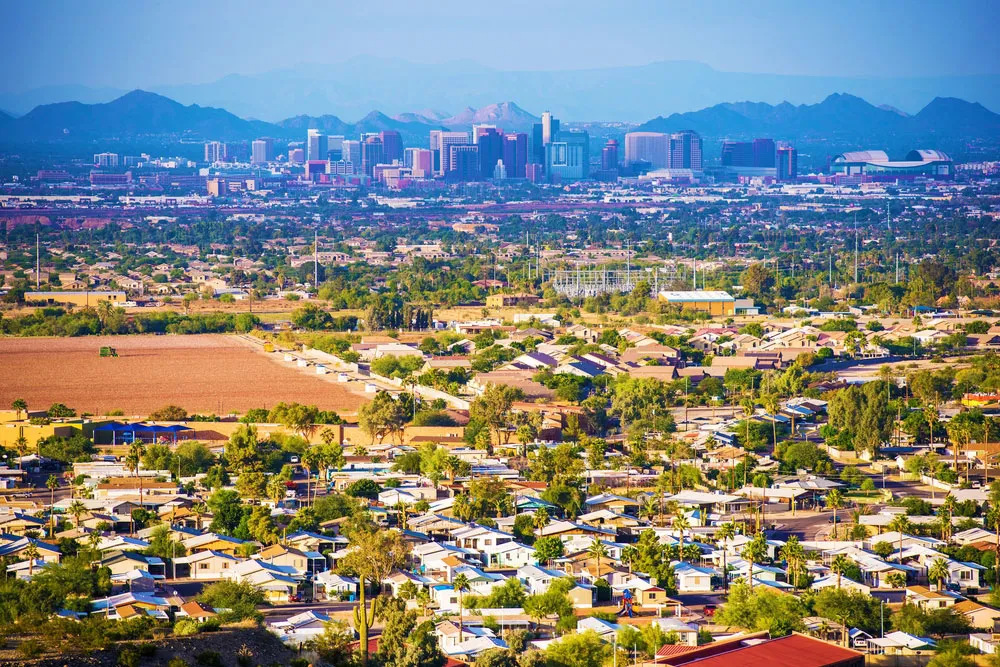
Phoenix is another city that saw explosive growth during the past few years—and is now cooling off. According to Newsweek, the area is experiencing price drops and increased days on market, signaling a shift toward buyer-friendliness. Higher mortgage rates have thinned out the pool of eligible buyers, leaving more room for negotiation. Inventory has steadily grown, giving shoppers more leverage.
Despite the slowdown, the fundamentals—like population growth and sunshine—still make Phoenix appealing. The key difference now is that buyers don’t have to rush or overbid. More sellers are willing to make deals, particularly in outer-ring suburbs where demand has dipped. It’s a good time to explore if you’re hoping to enter this market at a better price point.
4. Sacramento, California
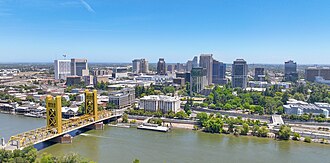
Sacramento became a magnet for Bay Area residents seeking affordability and space during the pandemic. But as migration patterns settle and rates rise, the market is finally rebalancing. As reported by Realtor.com, listings in Sacramento are up while prices have flattened or even declined slightly year-over-year. It’s now one of the more favorable spots for California buyers.
With remote work cooling off and fewer transplants arriving, locals are finding less competition for homes. Sellers are having to adjust expectations, and buyers are seeing better terms—including contingencies that were once unthinkable. This may be one of the rare times where Northern California feels remotely accessible. If you missed the boat before, now’s a smart time to get back on the water.
5. Salt Lake City, Utah
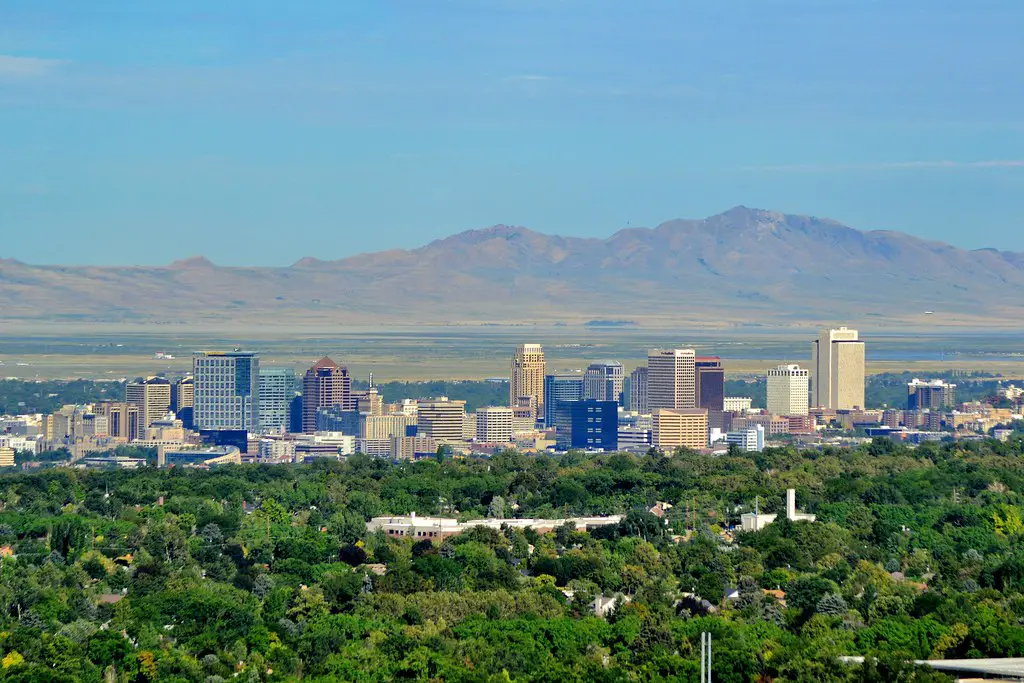
Salt Lake City saw a dramatic pandemic-era price spike, but things have been slowly shifting in the buyer’s direction. With home prices leveling off and inventory on the rise, the pressure on buyers has eased. Sellers who once commanded top dollar are more likely to accept offers below asking. Local real estate agents say the “cooling” is noticeable, especially in the higher-end market.
The city still offers a great quality of life, with access to the outdoors and a growing job market. But the urgency that defined the market in 2021 has faded. Many buyers are waiting out price reductions or asking for seller concessions. It’s no longer a race—it’s a negotiation.
6. Raleigh, North Carolina
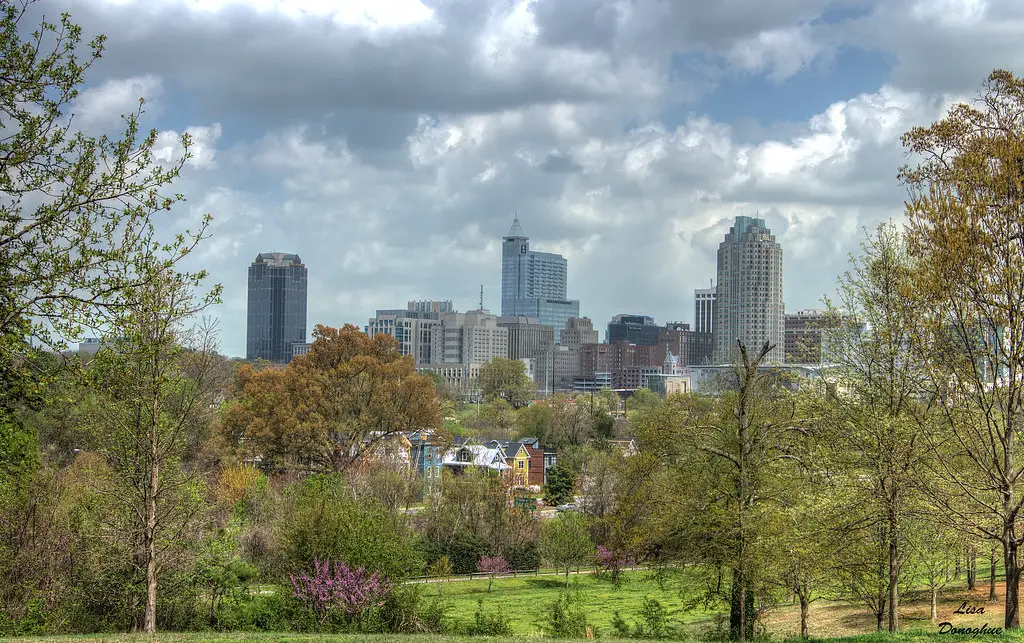
Raleigh has long been a strong contender for professionals looking to relocate, but the market has taken a turn in recent months. As the surge of pandemic-era buyers slows, listings are lingering longer than they were in previous years. Buyers now have more room to breathe—and to ask for inspections and appraisals again. Some sellers are even offering to cover closing costs.
That said, Raleigh’s appeal hasn’t diminished. Good schools, stable jobs, and a strong tech presence keep it in demand. But now, buyers can be choosier, especially in the more suburban areas. It’s a welcome shift for anyone who felt priced out just a year ago.
7. Tampa, Florida

Tampa was a favorite among remote workers and retirees, but recent market changes have softened buyer urgency. More homes are being listed, and price reductions are increasingly common. Some sellers are adjusting expectations as higher mortgage rates make buyers more cautious. It’s not a crash—it’s a cooling.
Buyers looking for waterfront properties or investment rentals may find better opportunities than they did in 2022. Tampa’s warm weather and tax-friendly environment remain appealing. But the frenzy has faded, and buyers are in a stronger position. It’s a good time to shop without the fear of losing out in minutes.
8. Minneapolis, Minnesota
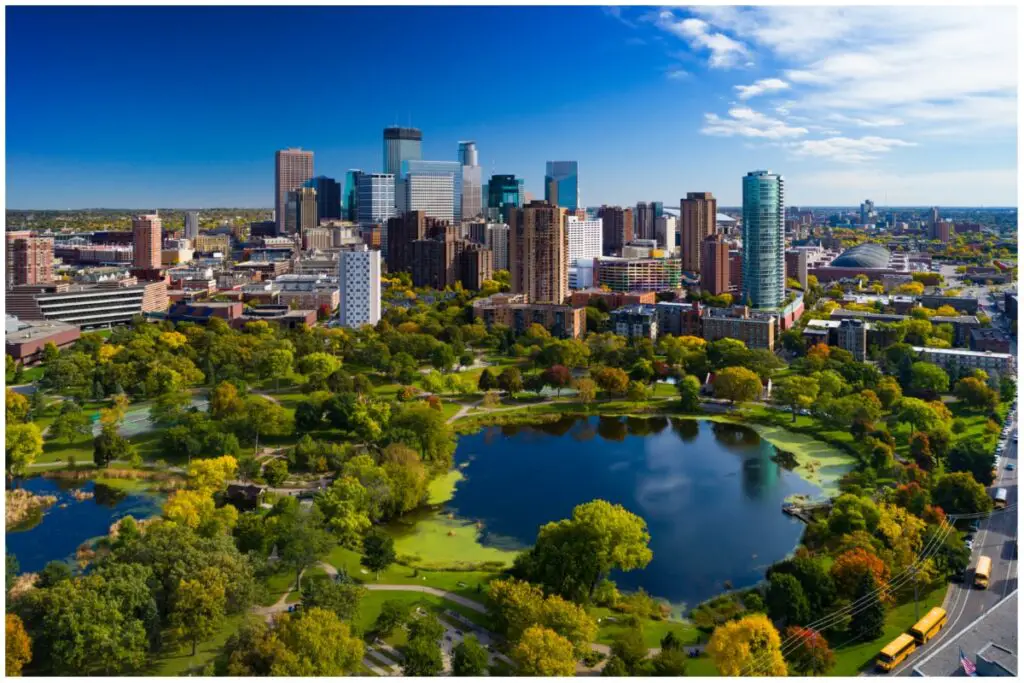
Minneapolis isn’t always top of mind, but it’s proving to be a buyer-friendly city right now. The local market has seen reduced competition, and homes are taking longer to sell. Open houses are quieter, and sellers are increasingly willing to negotiate. Buyers can take their time, weigh options, and make strategic offers.
While winters can be tough, the city has a strong economy and solid infrastructure. Those looking for a long-term home without overpaying will find opportunities here. As affordability challenges persist nationwide, cities like Minneapolis are gaining quiet appeal. It’s not flashy—but it’s practical and increasingly accessible.
9. Denver, Colorado
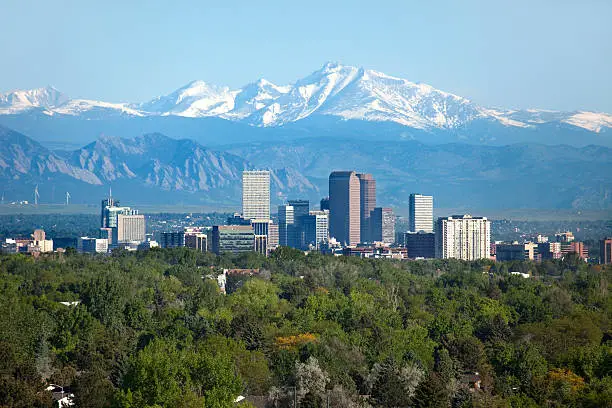
Denver saw rapid growth over the last decade, but its housing market has started to slow. Prices are still relatively high, but not rising at the breakneck pace they once did. More homes are available, and the balance of power between buyer and seller has shifted. In some neighborhoods, price cuts are becoming the norm.
With so many new transplants in recent years, Denver’s housing supply is finally catching up. Buyers now have more options—and fewer bidding wars to contend with. If you’re open to compromise on location or square footage, there are good deals to be found. The Mile High City is coming down to earth—at least in housing terms.
10. Atlanta, Georgia
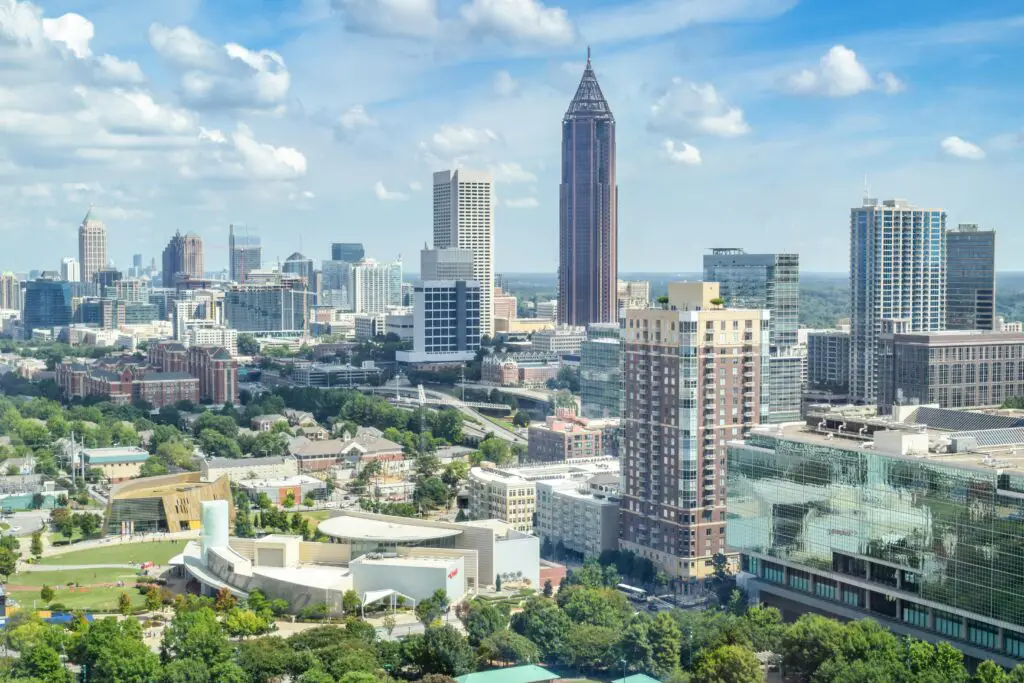
Atlanta remains a major metro hub, but its housing market has hit a more buyer-friendly rhythm. After years of tight inventory, more listings are coming online. Sellers are making concessions, and prices are no longer climbing unchecked. The market is shifting from overheated to stable.
That’s good news for anyone who previously felt squeezed out. Whether you’re looking inside the perimeter or in the suburbs, the options are better than they’ve been in a while. Atlanta’s job market and cultural appeal haven’t gone anywhere. But for the first time in years, buyers aren’t being shut out.
11. Portland, Oregon
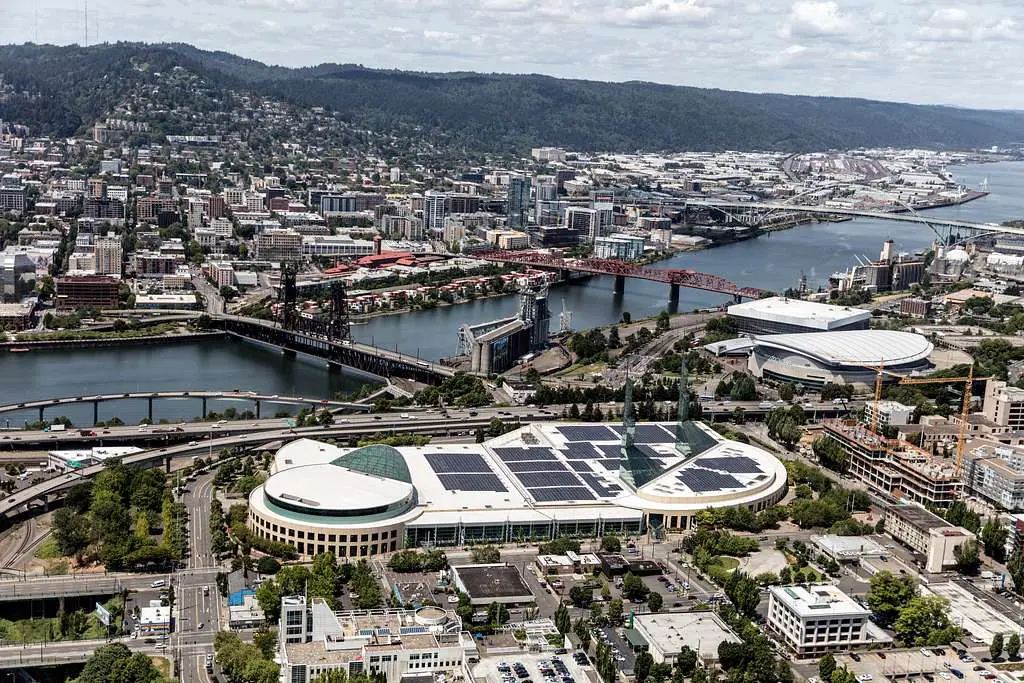
Portland’s quirky charm and natural beauty remain strong draws, but the housing market is no longer red-hot. Higher interest rates and slower migration have cooled the frenzy. Buyers now have more breathing room, and more homes are sitting unsold for weeks. That’s opened the door to better prices and negotiations.
While the market is still competitive in some areas, the overall trend is toward balance. Local agents note that price reductions have become routine. That gives buyers a chance to revisit neighborhoods they once dismissed as unaffordable. In a city known for being ahead of the curve, this market correction may be right on time.
12. Chicago, Illinois
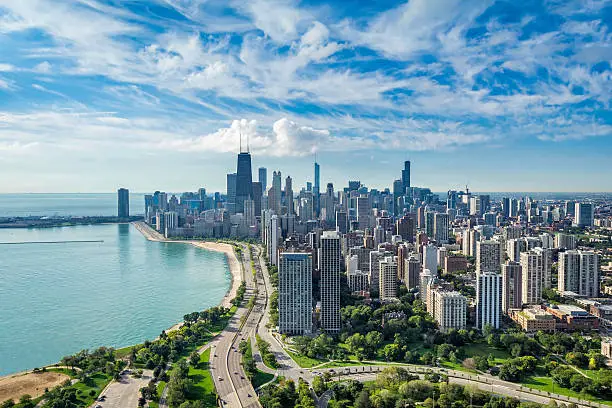
Chicago’s affordability relative to other big cities has long been a talking point—and now, it’s paying off for buyers. Homes are still available at relatively modest prices, and the recent market softening has created more options. Some neighborhoods are even seeing price dips, giving buyers more leverage than they’ve had in years. Sellers are increasingly open to negotiation and even closing credits.
Despite seasonal slowdowns, Chicago remains a strong urban center with cultural depth and solid infrastructure. Public transit, diverse neighborhoods, and job access continue to draw interest. With the market cooling slightly, buyers can be more strategic—and more patient. It’s a welcome shift in one of America’s biggest metro areas.
